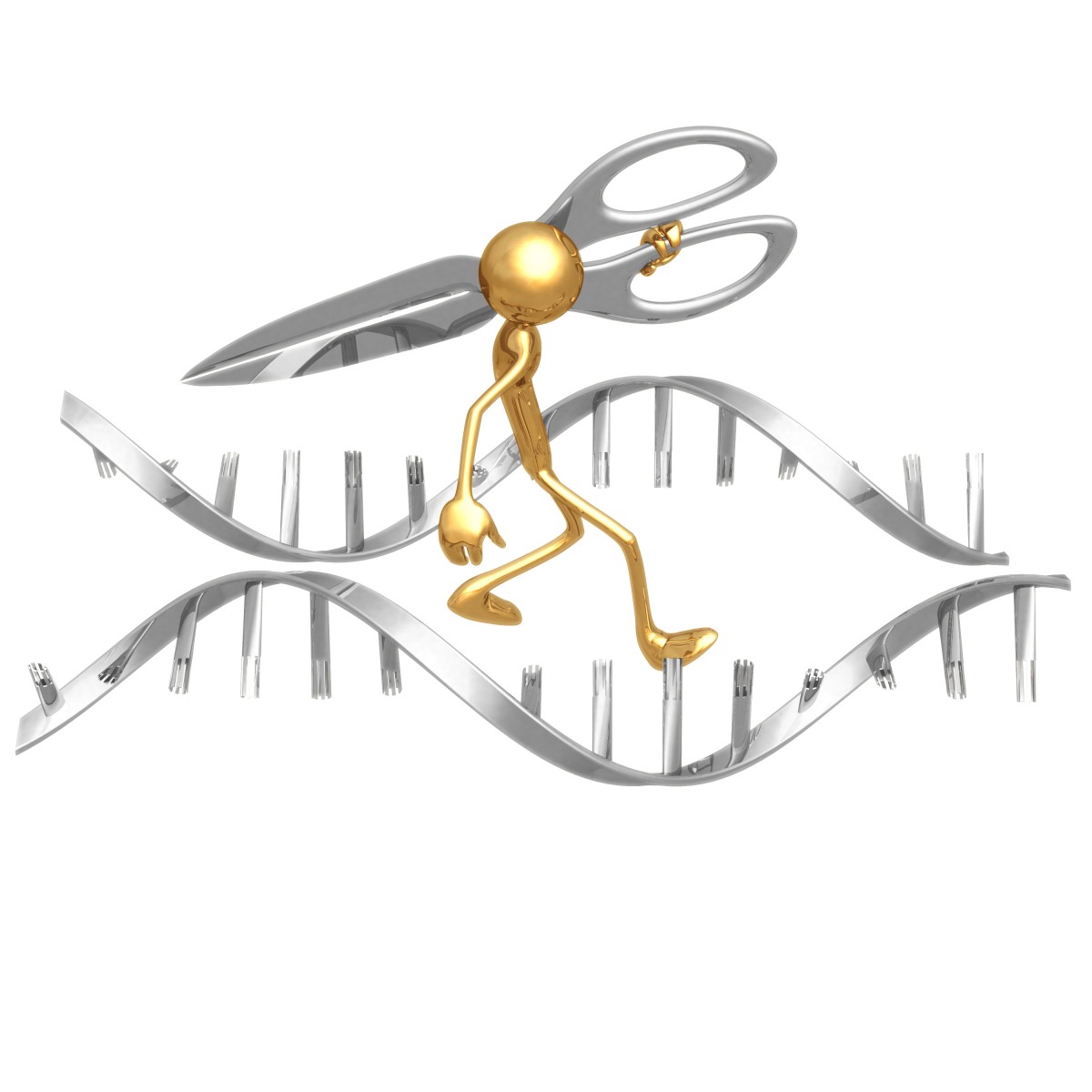Gene Targeting Therapy Investigated in SMA Cells

When a protein is missing in a cell, as in the case of spinal muscular atrophy (SMA) where survival motor neuron (SMN) is missing, a variety of methods can be used to restore function to cells lacking the protein and treat the disease. Direct delivery of the protein or a molecule that mimics its activity can be beneficial, but delivering a gene construct that encodes the protein right to the defective gene–known as “gene targeting“- provides a new realm of potential SMA treatments.
“Gene targeting methods do, in fact, present as an alternative for restoration of SMN expression in SMA patients-derived cell in vitro,” wrote a team of researchers from Ege University in Turkey. In most cases of SMA, there is a deletion of both genes–a homozygous deletion–encoding SMN, indicating a potential target for a new treatment.
Lead author Dr. Afrooz Rashnonejad and principal investigator Dr. Ferda Özkınay investigated the feasibility of delivering functional SMN gene to cells obtained from SMA patients. As explained in their study, “In Vitro Gene Manipulation of Spinal Muscular Atrophy Fibroblast Cell Line Using Gene Targeting Fragment for Restoration of SMN Protein Expression,” traditional methods of delivering genes to cells have proved ineffective. To address this drawback in the context of SMA, the research team developed a gene targeting construct that could integrate into a cell’s own genome and increase the chances of success.
To begin the study, the team designed a 2,697 base pair gene targeting construct to encode the SMN protein. They used a commercially available reagent to deliver the gene targeting cassette to cells obtained from SMA patients. Cells that received the construct integrated the gene into their own genomes and were able to use it in the production of functional SMN.
Looking at the direct effects of restored SMN protein, the researchers identified that the cells were producing SMN nuclear structures called Gems at a level equal to or greater than that of normal fibroblasts. The researchers believe this occurred because the gene targeting cassette inserted itself where the dysfunctional part of the cells’ SMN gene was located in a process called homologous recombination.
“Our data suggests that, manipulation of SMN genes by gene targeting method could restore the SMN expression in SMA fibroblast,” concluded the authors. “As an attractive gene therapy technique, the natural DNA repair mechanism of the cell, homologous recombination, can be used for introducing the functional DNA fragments into the cell’s genome.” Taking the research into an animal model of SMA may be the next step for these researchers to develop the technique as a treatment for SMA.







